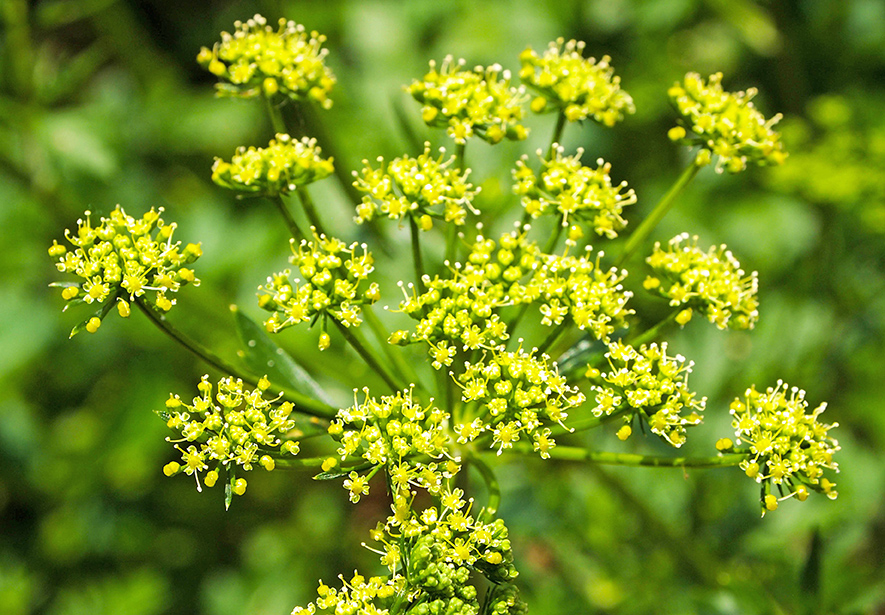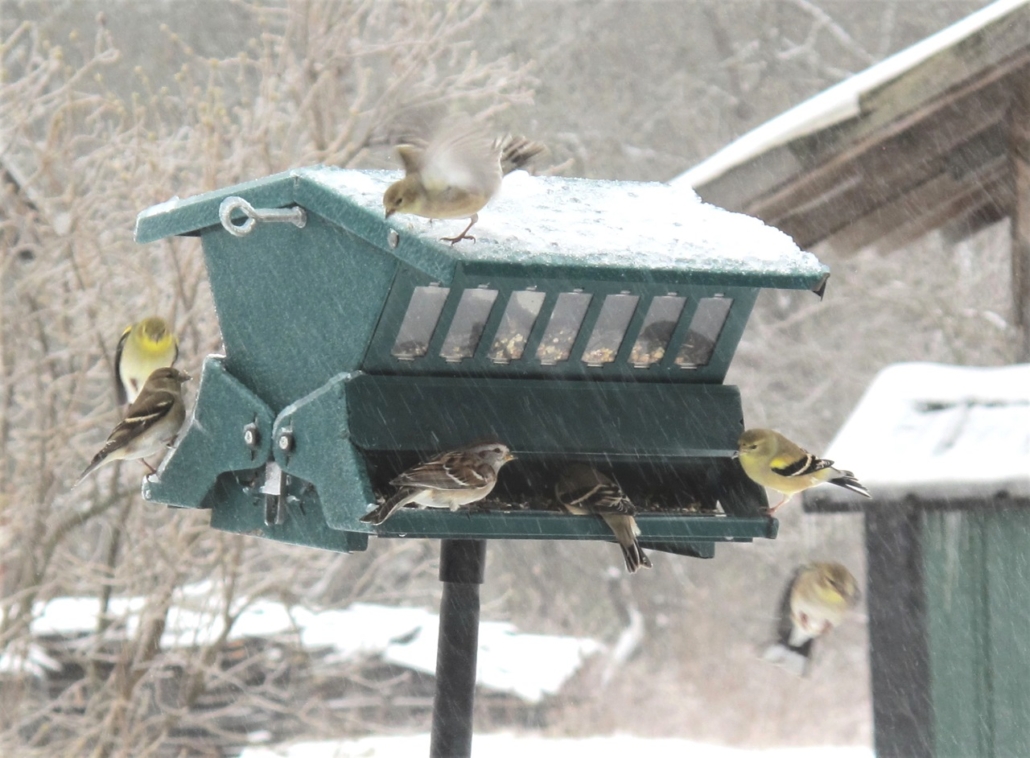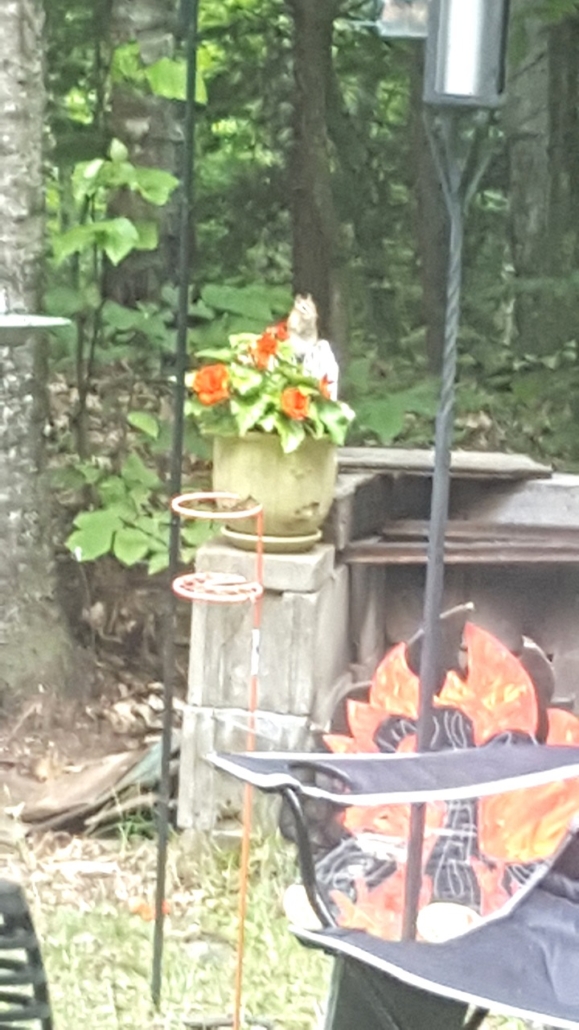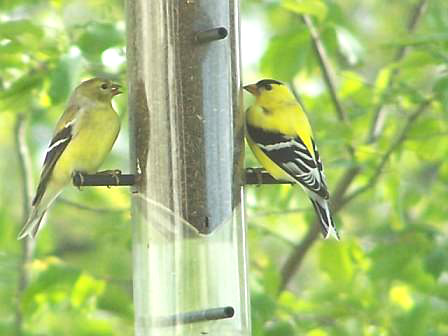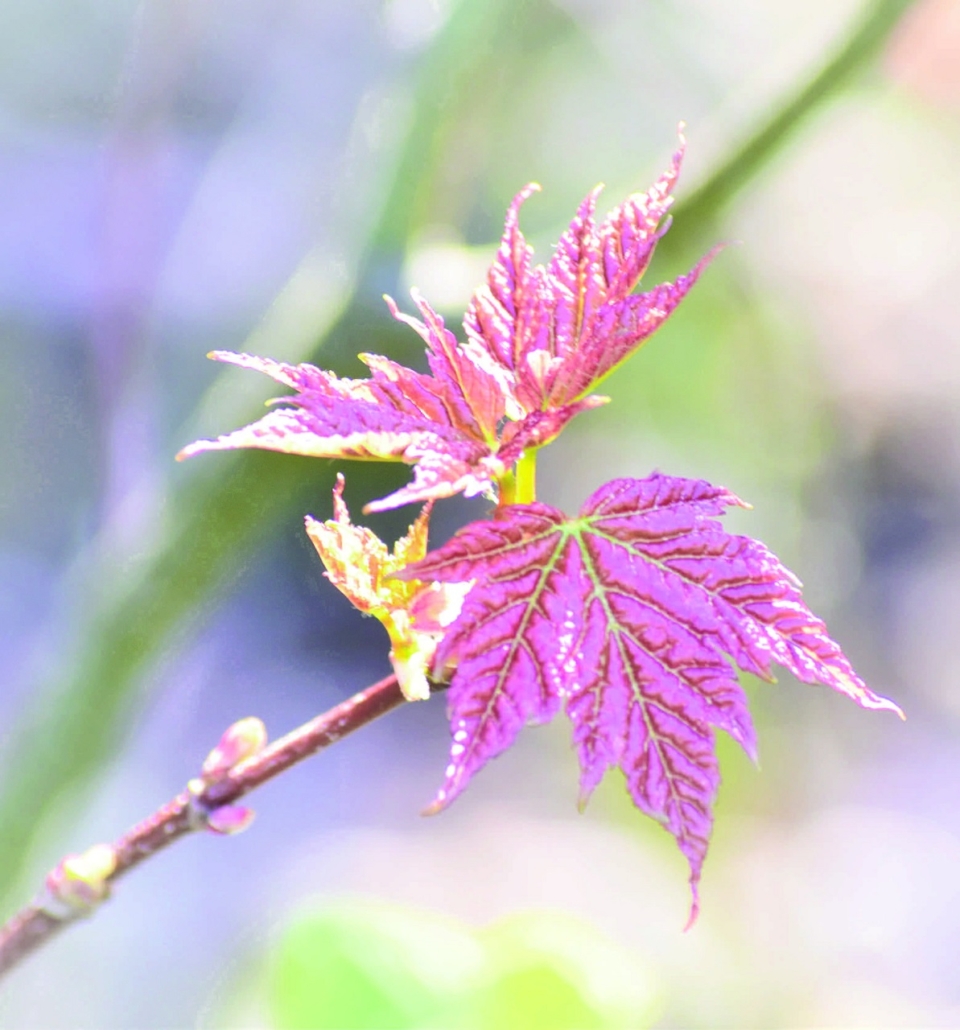FOR YOUR HEALTH: Don’t Let COVID-19 Delay Your Dental Visit

You don’t have to let COVID-19 hurt your dental health.
(NAPSI)—The COVID-19 pandemic has changed many aspects of our lives, including dental appointments and other important medical care.
With dental clinics now open once again for non-emergency procedures—with enhanced screening and safety measures in place based upon expert guidance and research—many dentists are reporting that their patients have been slow to return, and it has them sounding a warning about the importance of preventive care.
“The COVID-19 pandemic has made us put many of our routines on pause, but with dental clinics now reopened, visiting your dentist should not be one of them,” said Dr. Kyle Dosch, dental director at Delta Dental of Washington.
The Washington State Dental Association (WSDA) and Delta Dental join dentists in urging people not to further delay preventive dental exams, particularly for children (53% of which already experience tooth decay by the time they reach third grade) and for those who are pregnant or have a medical condition which puts them at higher risk for dental problems.
In addition to routine preventive treatments such as teeth cleanings, careful exams of the teeth, gums and tongue can provide dentists an early look at signs of arthritis, diabetes, diet deficiencies, liver disease and even some auto-immune diseases.
“A look inside a patient’s mouth can provide great insight to what’s happening in other parts of the body. It’s important to place a high priority on oral hygiene routines, including regular visits to the dentist,” said Dr. Dosch. “Your oral health is important to your overall health, and protecting that is our shared top priority.”
The dentists’ warnings come on the heels of a recent Kaiser Family Foundation poll in which 52 percent of adults surveyed said they or a family member in their household had skipped or delayed dental or medical care due to COVID-19.
The poll’s findings are consistent with an American Dental Association (ADA) national survey which found patient visits are nearly 60 percent of what they were before the mid-March shutdown of dental clinics for non-emergent care. In Washington state, Delta Dental’s statewide claims data indicates that people are again beginning to prioritize their oral health, with 99 percent of dental offices now open statewide.
In the state’s largest county (King County), the number of people returning to the dentist increased significantly in June. But the numbers aren’t all smiles in many of the state’s rural areas, some of which are down more than 15 percent.
Nearly half of the 1,300 Kaiser poll respondents who skipped or postponed their dental visits reported not feeling safe returning to their dental clinics. However, the WSDA notes that dental offices have always been a very safe place to visit—and have put even more Centers for Disease Control/ADA-approved infectious disease measures in place to keep patients protected, including:
• To make sure patients are healthy, dental team members will call patients to ask health-related screening questions before scheduled appointments. A dental team member will take your temperature upon arrival and may repeat health-related screening questions before your appointment.
• Staggered appointments to allow more time to disinfect exam rooms between visits—you may even be asked to wait in your car until the dentist is ready to see you.
• Reconfiguration of dental office waiting rooms (including removal of toys and magazines) and clinic spaces to provide additional physical separation.
• More personal protective equipment worn by staff.
• Face mask requirement for all who enter the dental office.
“It’s important to remember that dentists are health professionals who manage infection and control risk on a daily basis, even in normal times dentists have been required by law to follow very specific safety protocols to prevent the spread of viruses while keeping your safety and protection a top priority,” added Dr. Dosch.
“You can be confident that as you return to the dentist, he or she is getting a lot of guidance along the way and that the dentist offices are safe to visit,” says Dr. Christopher Delecki, vice chair, King County Board of Health and past president, WSDA. “Conversely, neglecting regular dental exams—for yourself and your children—can put your oral and overall health at risk, at a time when staying healthy is more important than ever.”
“For those who are looking to find a dentist—or who have lost their job—there are many resources available to help care for your oral health, regardless of your benefits provider,” said Dr. Delecki.
To locate a dentist near you, visit wsda.org and use the “Find a Dentist” tool. And for those who have recently lost their job, Delta Dental members can visit DeltaDentalWA.com/MySmile for an overview of what is still covered under your plan, or DeltaDentalCoversMe.com to help you find a new individual or family plan that fits your needs and budget. Those who qualify for Apple Health can visit Arcora Foundation’s Dentistlink.org for help in finding a nearby community clinic or dentist.







